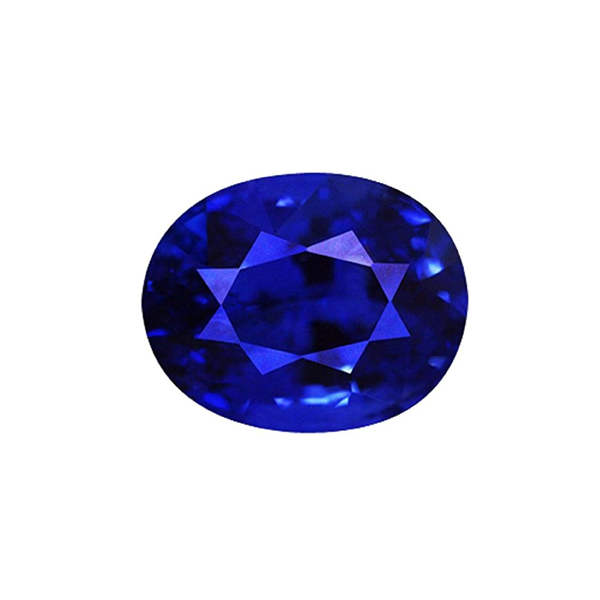Sapphire belongs to the corundum family. Sapphire is a precious stone that comes in a wide variety of colours and shades, the best known being the blue variety, which has been widely exploited throughout history and in the world of jewellery.
The word sapphire comes from the Greek “sappheiros” meaning blue. There are also other derivatives of the name, from the Latin “sapphirus” or the Hebrew “sappir”, all with the meaning of blue.
Sapphire has a long history, linked to numerous virtues and beliefs. The blue stone was mentioned in the Old Testament, where it is stated that the Tablets of the Law of Moses inscribe the thoughts of God with sapphires. Thus, this stone acquired an important symbolism, especially among Greeks and Romans, who associated the sapphire with heavenly and divine power. In addition, kings and queens were convinced that sapphires protected their owners from envy and evil. Among Egyptians and Romans, the sapphire was considered a sacred stone of Truth and Justice.
The sapphire has always been associated with royalty and romance. In fact, the sapphire has traditionally symbolized nobility, truth, sincerity and happiness. Multi-coloured sapphires began to stand out in the 1990s, thanks to discoveries in East Africa and Madagascar. These new discoveries increased the availability of multi-coloured sapphires.
Sapphire has always fascinated the world and remains just as fascinating today in the jewellery world
- Colour: The most desirable color for blue sapphires is a vivid, medium to dark blue, often described as "cornflower blue." However, they can also occur in a range of blues, including lighter shades and deeper, almost navy blues.
- Other Colour: Blue sapphires are extremely durable, ranking 9 on the Mohs scale of hardness. This makes them well-suited for everyday wear in jewelry.
- Hardness: Sapphires are extremely hard, ranking 9 on the Mohs scale.
- Origin: Sapphires are found in various locations around the world, with notable deposits including Kashmir, Sri Lanka, Myanmar, Thailand, Madagascar, Australia, and the USA.
- Clarity: Like other gemstones, the clarity of sapphires can range from completely transparent to opaque. Inclusions can affect the overall appearance and value of the gem, with transparent stones being the most highly prized.
- Cut: Sapphires are cut in a variety of shapes, including oval, round, octagonal, and baguette cuts.
- Value: The value of a sapphire depends on factors such as colour, clarity, cut, and purity. Deeply coloured, well-cut stones with good clarity command higher prices, especially those with a deep, intense blue hue.
** Price based on colour, quality, and measurements








